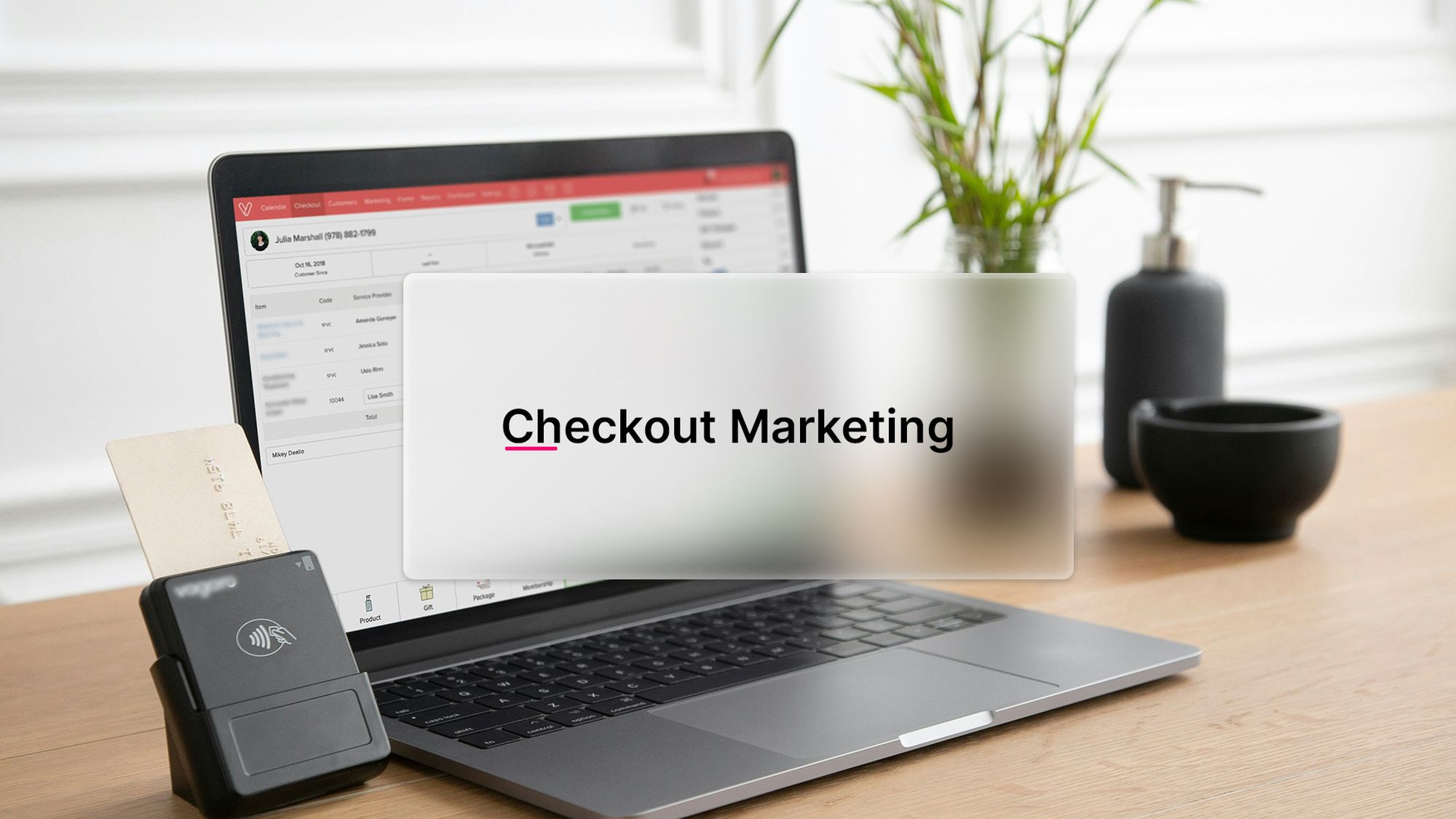The last click before the purchase is often the most difficult. This is exactly where it is decided whether your store makes sales or another user leaves the shopping cart. With targeted checkout marketing, you can pick up customers at precisely this moment. And thanks to the new Shopify checkout optimizations, you now have more options.
Why is this so exciting right now? It's simple: Shopify has ushered in a new era with Checkout Extensibility: more customization, better performance, smarter tracking. At the same time, the old Checkout.liquid is being discontinued. So if you want to increase your checkout conversion, you should act now.
Table of contents
- 1. Psychology in the checkout: what makes your customers' minds tick
- 2. Tactics for targeted checkout marketing in Shopify
- 3. How do you make the most of upsells and cross-sells in the checkout?
- 4. What can be customized in the checkout on Shopify and Shopify Plus?
- 5. Tracking in the checkout: what is allowed and what will be switched off?
- 6. UX & design: What really drives conversions
- Conclusion: Checkout marketing sustainably increases sales and customer satisfaction
Do you need help with your project? Then get in touch with us without any obligation.
1. Psychology in the checkout: what makes your customers' minds tick
The checkout is not a technical form. It is an emotional moment. This is exactly where psychological triggers can help. We summarize some of them below.
How do trust, scarcity and social proof influence the completion of a purchase?
In the final phase of the purchasing process, every second counts - and every emotion. Trust provides security, scarcity creates urgency and social proof confirms the decision. Together, they reduce the bounce rate and significantly increase the completion rate. It is important to note that these triggers only have a positive effect if they are used in a credible and user-friendly way.
Creating trust:
Seals of approval and certifications: Display well-known and recognized seals of approval, such as Trusted Shops.
Well-known payment methods: Offer a wide range of common and trusted payment methods. This gives customers a choice and increases the feeling of security.
Transparent shipping conditions: Clearly communicate shipping costs, delivery times and return policies. Hidden costs or unclear information are trust killers.
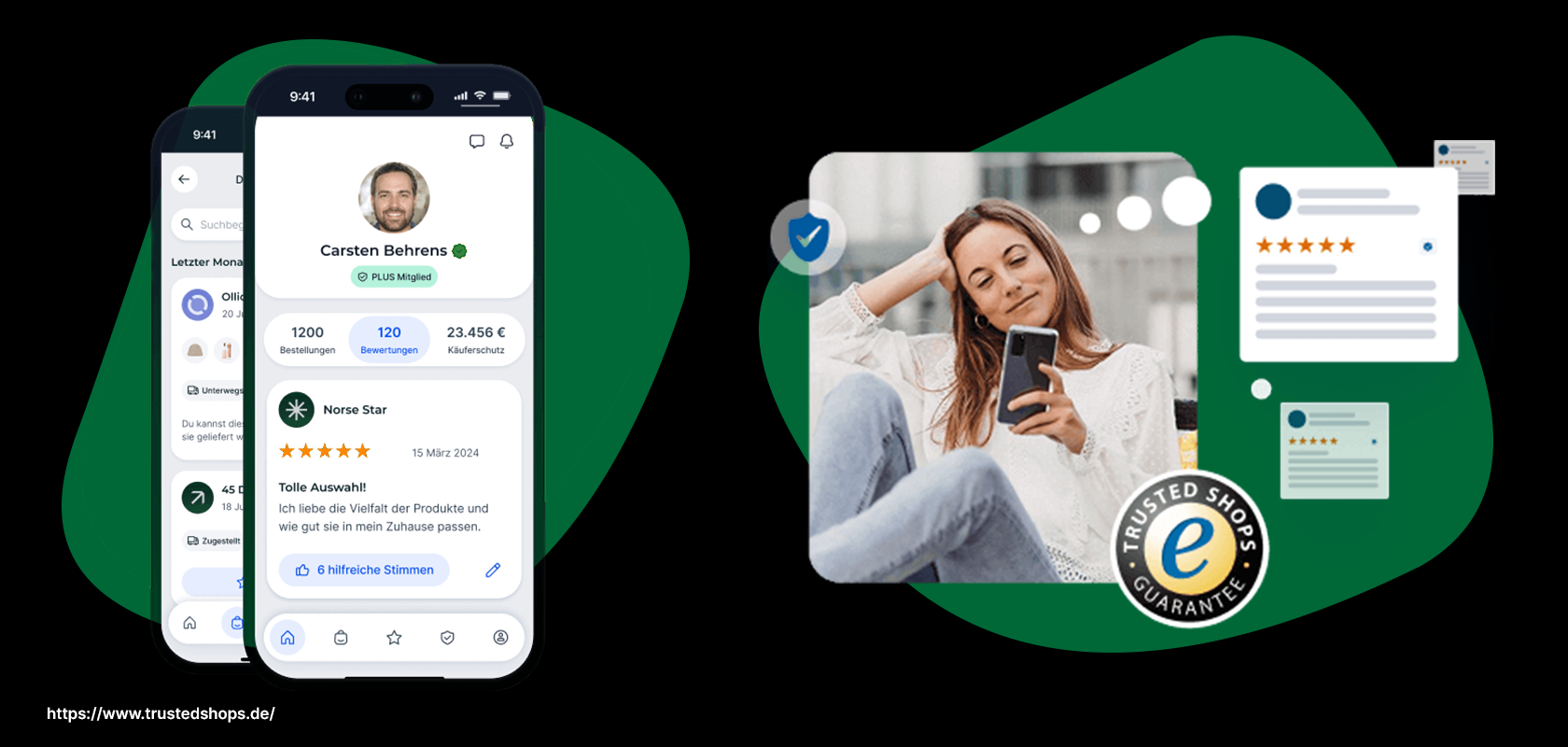
Scarcity and urgency measures such as “Only 2 pieces available!” or “Shopping cart reserved for 15 minutes” work particularly well in the shopping cart to stimulate purchases, but should not be used in the checkout to avoid unnecessary pressure and ensure a trustworthy, stress-free user experience.
These psychological levers help you to reduce the bounce rate in the checkout process and optimize your conversion.
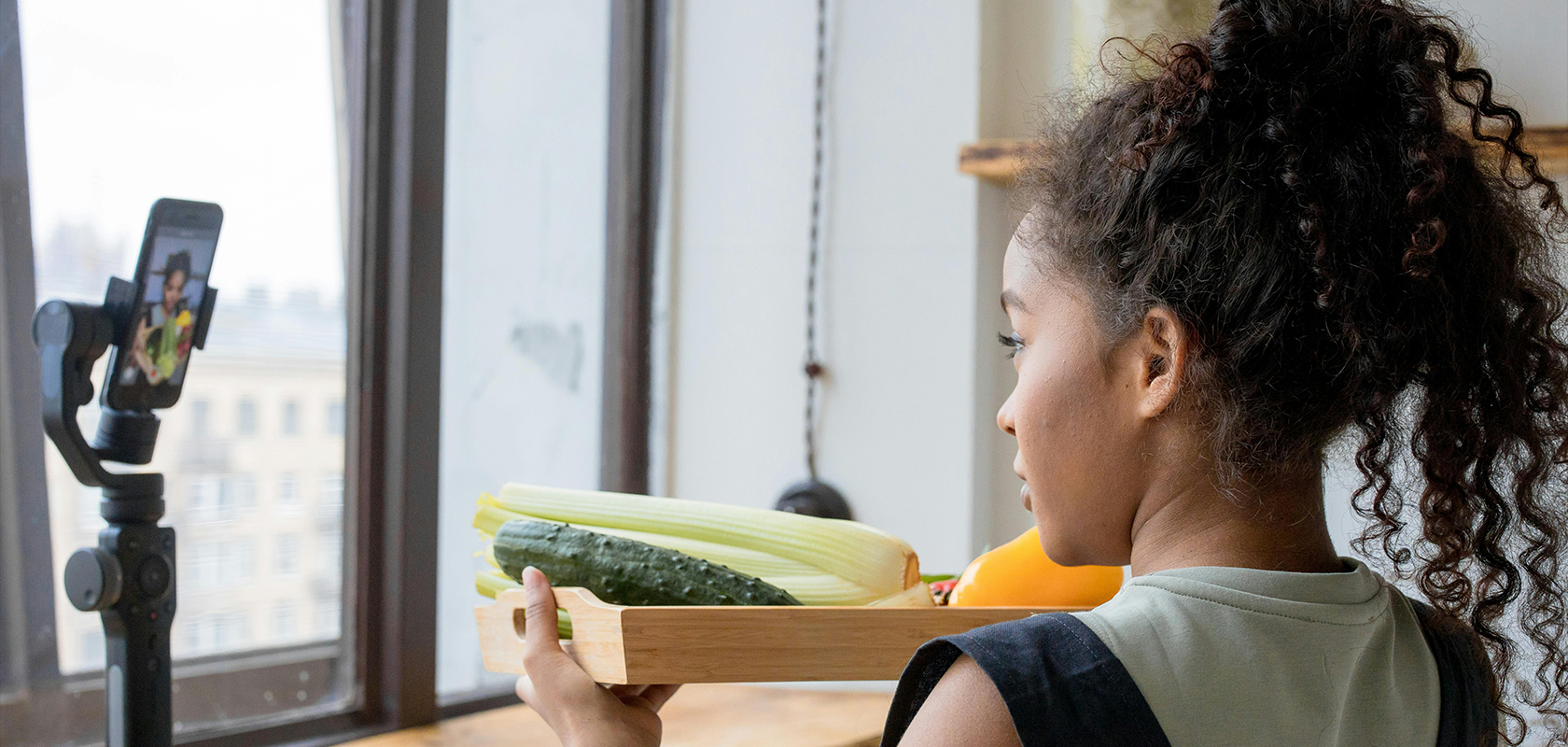
2. Tactics for targeted checkout marketing in Shopify
Shopify offers a wide range of options to optimize the checkout process. However, many of these are only available for Shopify Plus stores. In Standard plans, checkout customizability is still limited.
Checkout UI widgets (Shopify Plus only): With the checkout UI widgets, individual content can be displayed directly in the checkout page, such as discount notices, upsells or information fields.
Web pixels & tracking apps: Implement solutions that allow you to create personalized offers based on user behavior.
Discount codes & promotions in the checkout: Already activated promotions significantly increase the completion rate.
Personalization: Use Shopify apps for personalization (e.g. Nosto) to recommend relevant products or make personalized offers based on previous purchases.
Trust signals: Add customer reviews, seals of approval or security logos in the checkout area. Many Shopify themes offer special sections for this.
Express checkout options: Enable Shopify Payments, Apple Pay, Google Pay and PayPal Express in your payment settings to speed up the checkout process.
Free shipping: Communicate clearly in the Shopify shipping strategy and in a banner or pop-up in the checkout whether and from what order value free shipping is offered.
Transparent shipping costs and delivery times: Display the exact shipping costs and estimated delivery times early on. This can be done via the Shopify shipping settings or special apps.
Incentives for the next purchase: Offer a discount voucher for the next purchase, for example.
Shopping cart reminders: Set up automatic shopping cart reminders or use specialized apps e.g. Klaviyo to send emails to customers who have left items in their shopping cart.

The checkout should always be simple and targeted. Marketing elements must be placed sensibly and fit seamlessly into the customer experience.
Reading tip: Click here to download our exclusive playbook about the Shopify ecosystem for free!
3. How do you make the most of upsells and cross-sells in the checkout?
With the help of targeted upsell strategies, you can increase the average order value (AOV) - directly in the checkout. The following Shopify apps are particularly suitable for this:
ReConvert
ReConvert is a popular all-in-one solution for post-purchase upsells and checkout marketing. The app is easy to set up and also works without Shopify Plus.
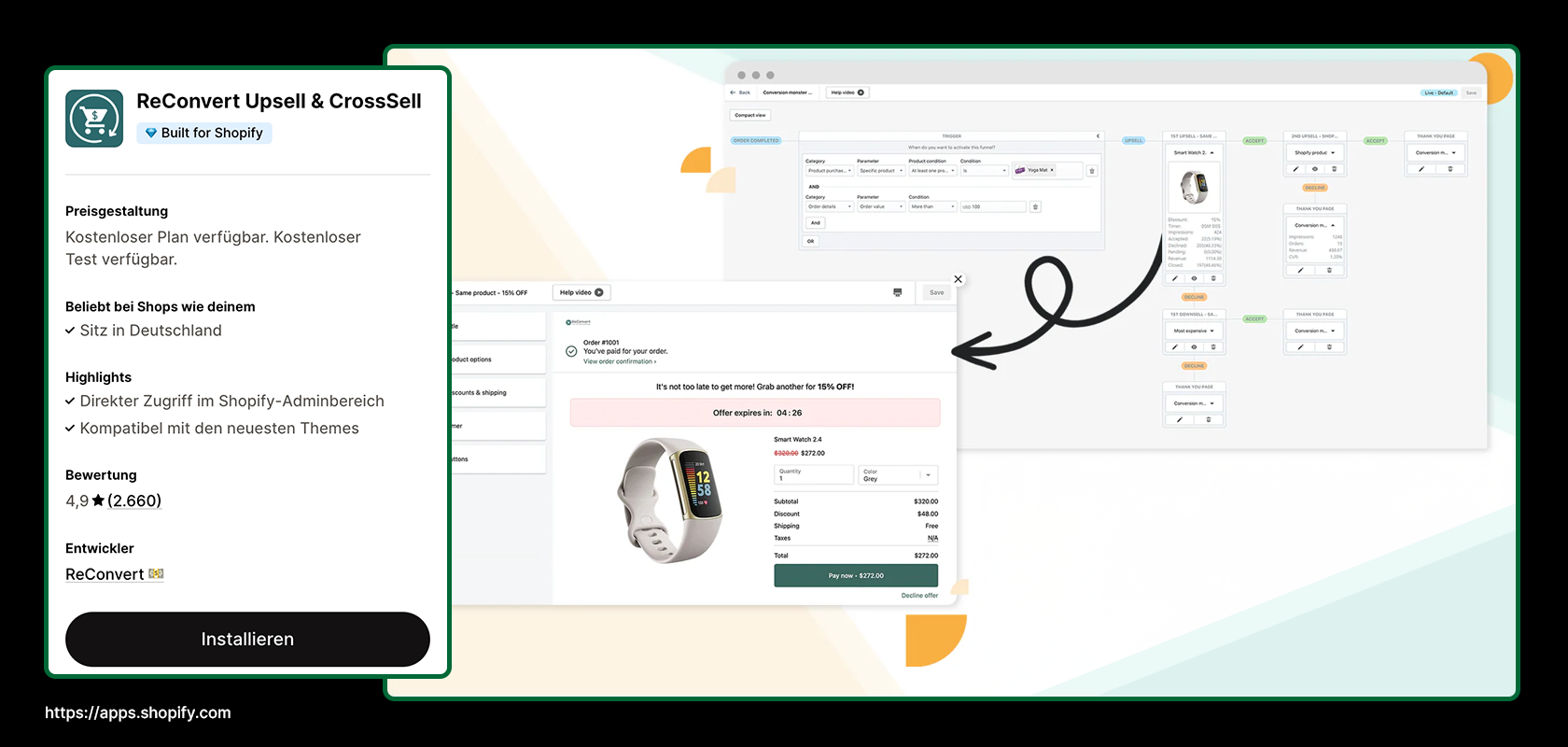
ReConvert is available in four price levels:
Upsell Free: Available for development stores
Upsell Premium: $4.99 / month (up to 49 orders per month)
Upsell Premium Pro: $7.99 / month (up to 99 orders per month)
Upsell Enterprise: $14.99 / month (up to 199 orders per month)
Zipify OneClickUpsell (OCU)
Zipify OCU is specifically designed for high-performance upsell funnels. It offers options such as video integration, dynamic product selection and split testing - perfect for growth-oriented brands.
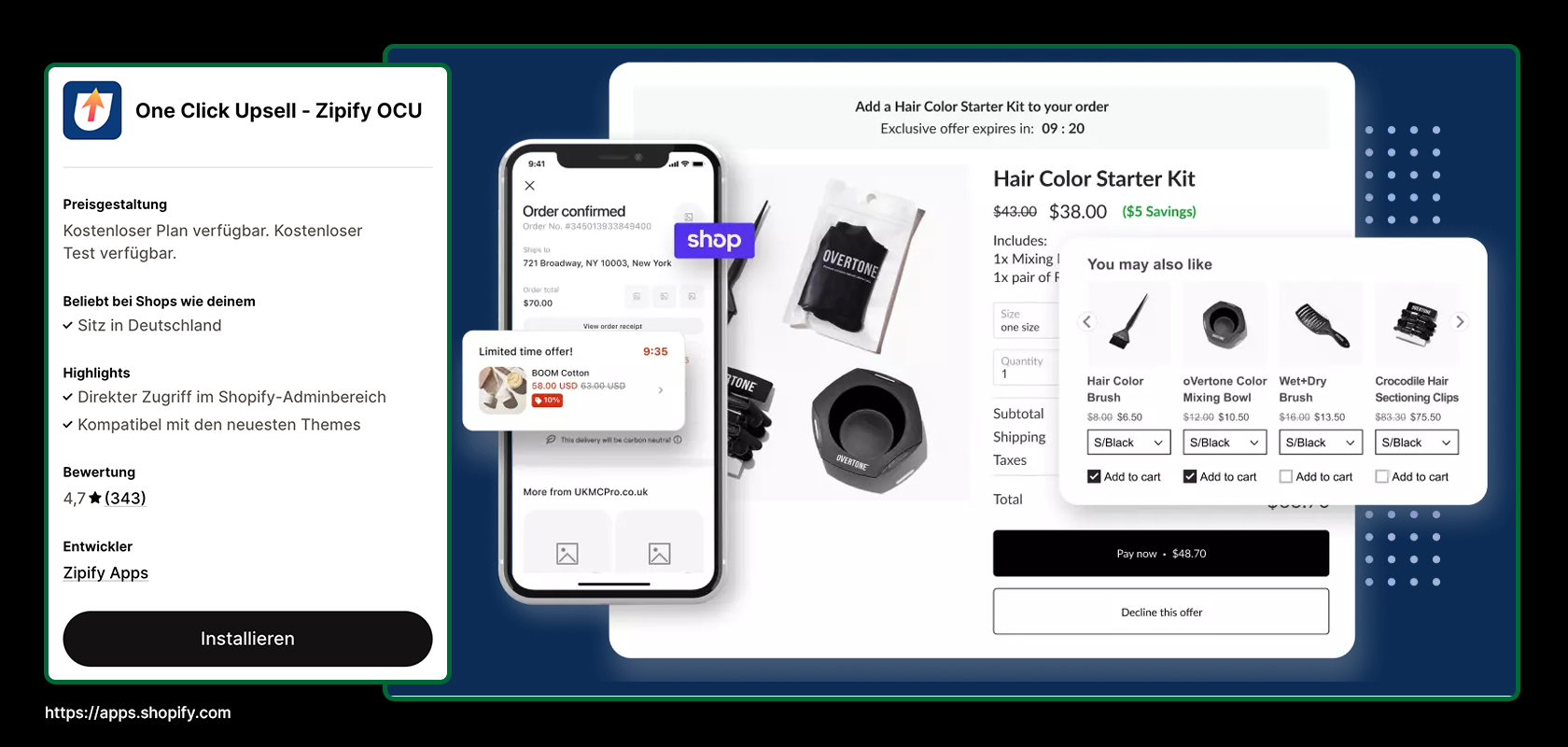
OCU can be used free of charge for development stores. The app also offers a 30-day free trial. In addition, the following price specifications apply:
Unlimited Plan: $8 / month
Honeycomb Upsell Funnels
With Honeycomb, you can create visually appealing cross-sell and upsell funnels for the shopping cart and checkout. Particularly practical: The drag-and-drop builder is easy to use even for beginners.

Honeycomb also offers four price plans:
Free (100 monthly funnel views)
Silver: $54.99 / month (2,000 monthly funnel views)
Gold: $109.99 / month (5,000 monthly funnel views)
Platinum: $169.99 / month (10,000 monthly funnel views)
Hint: Shopify Plus users can also use Checkout Extensibility to integrate native UI elements for upsells directly in the checkout without additional apps. This ensures seamless integration and optimal performance.
Reading tip: Find out everything you need to know about cross-selling here.
4. What can be customized in the checkout on Shopify and Shopify Plus?
Shopify distinguishes between Standard and Plus plans. With Shopify Standard plans such as Basic, Grow or Advanced, individual checkout customizations are not possible and checkout marketing apps can only be used to a limited extent. Web Pixel Tracking and the One-Page Checkout are available in this plan.
In contrast, Shopify Plus offers full customization options and the full range of functions of the marketing apps via Checkout Extensibility. The new Checkout Extensibility is of particular interest to Shopify Plus users, as it enables the seamless integration of customized content and logic into the checkout without compromising performance. Web pixel tracking and the one-page checkout are also included here.
Reading tip: When is it worth switching to Shopify Plus?
5. Tracking in the checkout: what is allowed and what will be switched off?
With the deactivation of checkout.liquid, many familiar tracking options are no longer available. However, Shopify offers modern alternatives:
Web Pixel API: The API offers the option of GDPR-compliant server-side tracking to protect your customers' data.
Customer Events: Customer events enable a detailed, event-based analysis of user behavior in order to gain deep insights into the customer journey.
Consent Mode: This ensures that tracking only takes place if your customers have actively given their consent, which ensures compliance with data protection guidelines.
What do you need to pay attention to with GDPR and consent requirements?
In the checkout, tracking for the technical processing of the order is permitted even without consent. Anything that goes beyond this, for example tracking for marketing or personalization, requires clearly informed and expressly granted user consent. This must be voluntary, unambiguous and based on transparent information.
6. UX & design: What really drives conversions
Every detail counts at checkout. An optimized design can significantly increase the likelihood of a purchase:
A one-page checkout reduces the number of steps required and therefore increases the conversion rate.
Clearly designed buttons with meaningful call-to-actions such as “Buy now” create clarity and make it easier for the customer to make a decision.
The use of trust elements such as trust seals, customer reviews and logos of well-known payment providers strengthens the customer's sense of security and promotes trust in the purchasing process. Personalized product recommendations, guest checkout options and the display of progress in the checkout process further improve the user experience.
Nowadays, mobile optimization is crucial as the majority of users shop via smartphones.

A clear structure and the avoidance of distractions are crucial for a focused checkout experience that increases the conversion rate.
Reading tip: We explain everything you need to know about UX/UI design.
Conclusion: Checkout marketing sustainably increases sales and customer satisfaction
With targeted checkout marketing and a well thought-out, customer-friendly design, you can transform the supposedly last and often underestimated step in the online store into a real sales driver and a powerful tool for customer loyalty. It is no longer just about completing a transaction, but rather about optimizing the entire shopping experience right up to the last click.
The clever combination of proven psychological triggers, seamless technical implementation and intelligent personalization can make all the difference. This not only has a direct impact on the conversion rate in the checkout by minimizing abandoned purchases and increasing the average order value, but also indirectly on overall customer satisfaction. A positively experienced checkout process strengthens trust in your store, promotes repeat purchases and can even lead to positive word-of-mouth effects.
An optimized checkout is therefore much more than just a technical process; it is a strategic touchpoint that can make the difference between success and failure in e-commerce.
Would you like to optimize your checkout? As an experienced Shopify and Shopify Plus agency, Latori is happy to support you - from strategy to implementation. Contact us and we'll show you how to get more out of your checkout.
